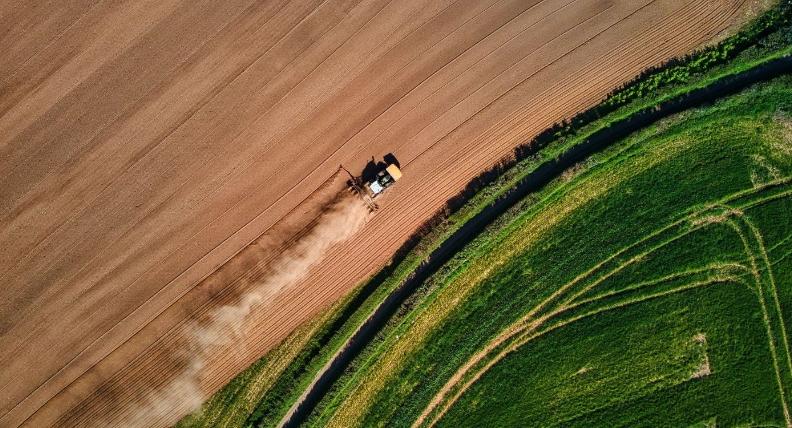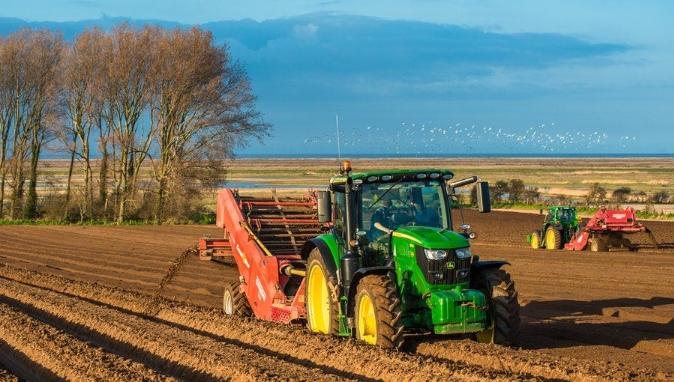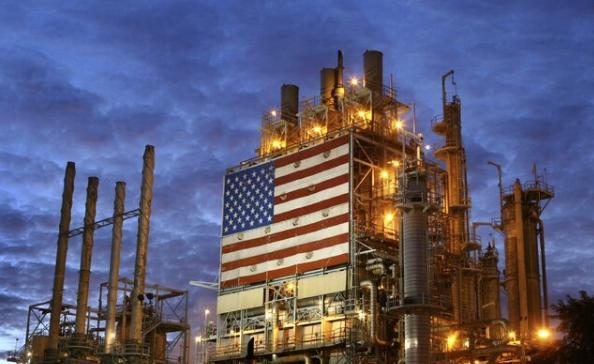The transformation in the UK’s agricultural policy post-Brexit is marked by both continuities and divergences from the EU’s Common Agricultural Policy (CAP). The shift is influenced by internal and external pressures, shaping a new landscape that echoes the past yet hints at significant changes.
The Legacy of CAP
The EU’s CAP was a subject of criticism among British politicians during the UK’s time in the European Union. The policy was considered inefficient, allocating an excessive budget share to large farmers and promoting environmentally harmful intensive agriculture.
CAP underwent reforms, yet retained its foundational elements. In the aftermath of Brexit, a tension between the desire for distinct UK policies and the necessity to maintain certain CAP elements has arisen. UK farmers still compete with EU counterparts benefiting from CAP’s support, and the need to export agrifood products to the EU remains, despite a decline in their value post-Brexit.
Developing new policies to replace CAP’s instruments is a complex and slow process, influenced by cost and practicality.
Devolution and Agriculture
Devolution plays a significant role in shaping agricultural policies across the UK’s territories. Each region exhibits distinct perspectives influenced by their agricultural practices and stances on Brexit. The looming reduction in the overall budget for agricultural support post-Brexit is a concern for the devolved territories, yet international trade agreements continue to be a UK-centric issue. Trade deals, like those with Australia and New Zealand, have been met with apprehension for their perceived detrimental impact on domestic agriculture.
Scotland’s approach is notably influenced by the governing Scottish National Party’s (SNP) aspiration for an independent Scotland rejoining the EU. England is forging ahead with its Environmental Land Management Programme (ELMS), focused on public goods payments, a significant departure from CAP’s basic payment scheme. In Northern Ireland, the application of EU law continues under the Protocol, leading to potential substantial divergence in agricultural regulation between it and the rest of the UK.

Regulatory Continuities and Divergences
Amidst the evolving landscape, continuity in certain policy areas is apparent, especially regarding environmental sustainability and climate change mitigation. The EU and UK parallel each other in these respects. In England, however, political motivations lean towards emphasizing changes, while Scotland is caught between deviating from and aligning with the CAP.
England and Wales have made significant strides away from the CAP by phasing out direct payments to farmers. In contrast, Scotland and Northern Ireland intend to retain a form of these payments. Regulatory approaches are diverse; Scotland leans towards EU alignment, while others emphasize the creation of a new path. The promise of substantial policy change heralded by Brexit advocates hasn’t fully materialized, resulting in a landscape where agriculture still receives special treatment but not to the extent it did under the CAP.
Underscores the transitional challenges from a system ingrained in traditional energy forms to one embracing renewables:
“The UK grid was originally designed to transmit ‘coal by wire’. It is now faced with urgently having to bolt on renewables.”
Balancing Act in Policy Reformation
The evolving UK agricultural policy landscape is a mixture of change and continuity. Elements of the EU’s CAP continue to influence the UK’s approaches, though marked by regional variances stemming from devolution and differing perspectives on Brexit. The emerging policies reflect a complex balance between the necessity to align with international standards, especially those of the EU, and the aspiration to carve out distinct pathways that underscore the UK’s post-Brexit autonomy.
In essence, while certain foundational elements of CAP still resonate within the UK’s agricultural policy, the intricacies of Brexit and the dynamics of devolution are catalyzing a transformation. This change is neither absolute nor uniform, marking a transitional phase where the past’s echoes and the future’s anticipations converge, shaping a nuanced policy landscape in the process.



